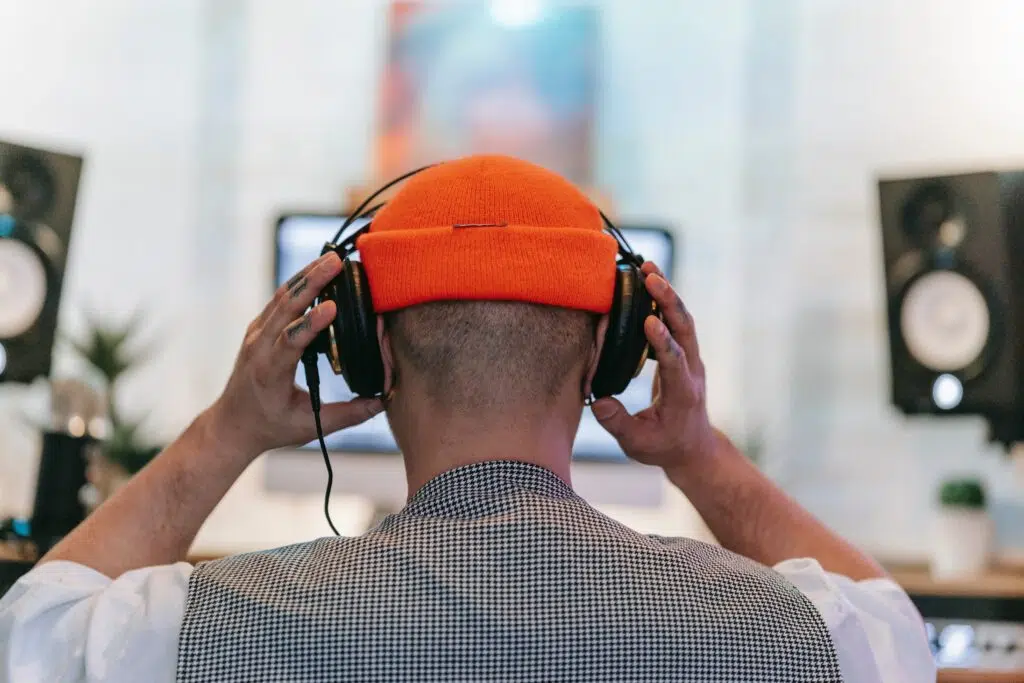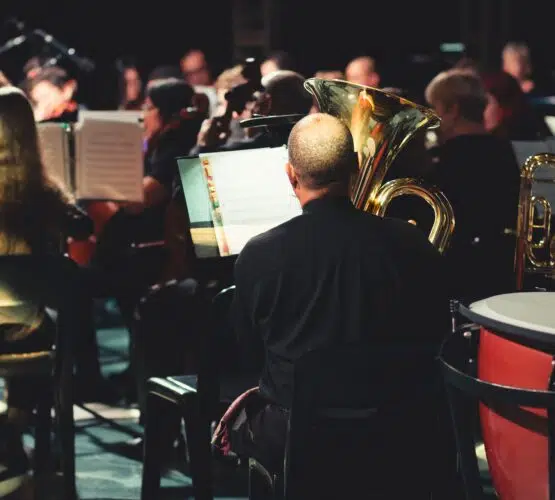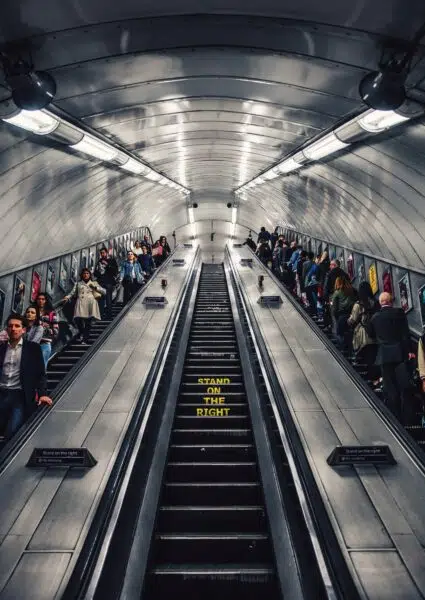- Advertise
-
Subscribe
Hearing Damage’s Targets Are Not Only Musicians

In 2019, Christopher Goldscheider made history by becoming the first classical musician to sue in court for hearing damage.
The ex-viola-player from Bedfordshire brought a case against London’s Royal Opera House (ROH) for a practice session in 2012 in which he was exposed to noise levels of 132 Db (decibels). For scale, that’s about as loud as a jet engine.
Two years later, the performer had to bow out from his career due to acoustic shock, a hearing loss condition with a cluster of debilitating symptoms, including tinnitus and noise sensitivity.
Fast forward to today, not only that Goldscheider had to pull the plug on his professional career, but he also had to wear ear defenders for everyday tasks that cause even the slightest noise – like cooking and food preparation. His hearing has been irreversibly damaged due to the unacceptable noise levels he was exposed to. His career is done and dusted.
But the most heart-wrenching fact is how the ex-violinist won’t be able to lead a normal life – audio-wise, at least.
Performers think protective measures will ruin their music-making process
The court ruling in Goldscheider’s favor was indicative of a landmark shift in how music-making is perceived as a career.

By rejecting ROH’s defense, the court brought performance spaces in line with public safety regulations.
This meant that environments such as factory floors and building sites were finally labeled as high-risk areas for musicians.
Those brand-new safety measures translated into performance venues’ duty to ensure that HSE’s (Health and Safety Executive) control of noise at work regulations are followed.
Although those rules and regulations have been in place since 2006, they hadn’t been applied to performance spaces until two years after, due to the ongoing debate about music being labeled as noise.
But even after 2008, those procedures were often overlooked.
And so came the many discussions about mitigating the health risks of live music. Headphones at rehearsals and quieter performances were a few suggestions thrown into the mix. But many performers were quick to dismiss them out of fears that they’d ruin the quality of their music-making.
“It’s like saying to a racing-car driver that they have to wear a blindfold,” complained the chairman of the players’ committee at the ROH.
Music students aren’t damaging their hearing

Stephen Dance, an acoustics professor at the Royal Academy of Music (RAM), was among the experts keen to take the ruling more seriously. Back in 2006, he kick-started his research process as part of a bigger study.
Concerned with the impact of noise exposure on music students, Dance had a lot of unanswered question marks.
His sample was composed of RAM students who recently completed their full-swing studying period.
The results of his twelve-year investigation were surprising even for Dance, who is a self-proclaimed supporter of hearing safety, such as headphones and audiometric monitoring tests.
In spite of the high noise levels that RAM students experienced on a daily basis, Dance discovered that loud music didn’t seem to be damaging graduate students’ hearing.
In fact, the study showed that they were leaving the academy with better hearing than they had entered. 92.9% of students joined with what’s classified as good hearing, yet 98.9% graduated with it.
Commuters taking the tube are exposed to noise that can reach 109 Db

The surprises didn’t stop there. Dance’s figures also discovered that musicians tended to have better hearing than the non-performing population.
At the academy, 4.5% of students had a mild hearing impairment, while 1.5% were classified with poor hearing.
On a larger scale, 20% of people worldwide suffer from a mild hearing impairment, and 5% have poor hearing.
Despite the obvious risks musicians face performing in acoustics designed to amplify noise, another study conducted by Dance found that non-performers were exposed to dangerously high levels of noise in their everyday lives – perhaps even more than musicians.
Commuters taking the tube are exposed to noise that can reach 109 Db. Imagine a loud helicopter taking off in your ears every single day – that’s the type of damage your daily commute does to your precious hearing parts.
The tube is 30 Db louder than the warning sounds levels
UK’s Control of Noise at Work Regulations state that exposure to a sound as loud as 80 Db is enough to cause hearing damage – and therefore warrant ear protection use.
Instead, many commuters choose to drown out the 30 Db above that they’re exposed to with yet more noise. Yes, you got that right – blasting your go-to playlist through your headphones to block out the screeching train sound might do more bad than good.
As Dance discovered, there was a 70% increase in the number of participants at risk of excessive noise exposure from listening to pop music on the tube and a 33% increase among those who were listening to podcasts and speech shows.

Musicians take steps to prevent hearing loss – specialist earplugs are becoming more and more commonplace and there’s an increasing amount of pressure on music organizations to protect their performers.
But ordinary people at risk of damaging their hearing on their journeys to and from work aren’t warned about the strain they’re putting their ears under. Is it really any wonder that their hearing might end up negatively impacted in the long run?
The effects of music performance on hearing loss shouldn’t be understated – especially not over a prolonged amount of time, as studies into elderly musicians with heavily impaired hearing levels clearly show.
But they’re not the only ones at risk of damaging hearing at their 9-5.
In fact, they might be less at risk than most because they’re aware of the precautions they need to take to mitigate their risk. So maybe you should think twice next time you go to blast your rock playlist to drown out the noise of the daily grind.






